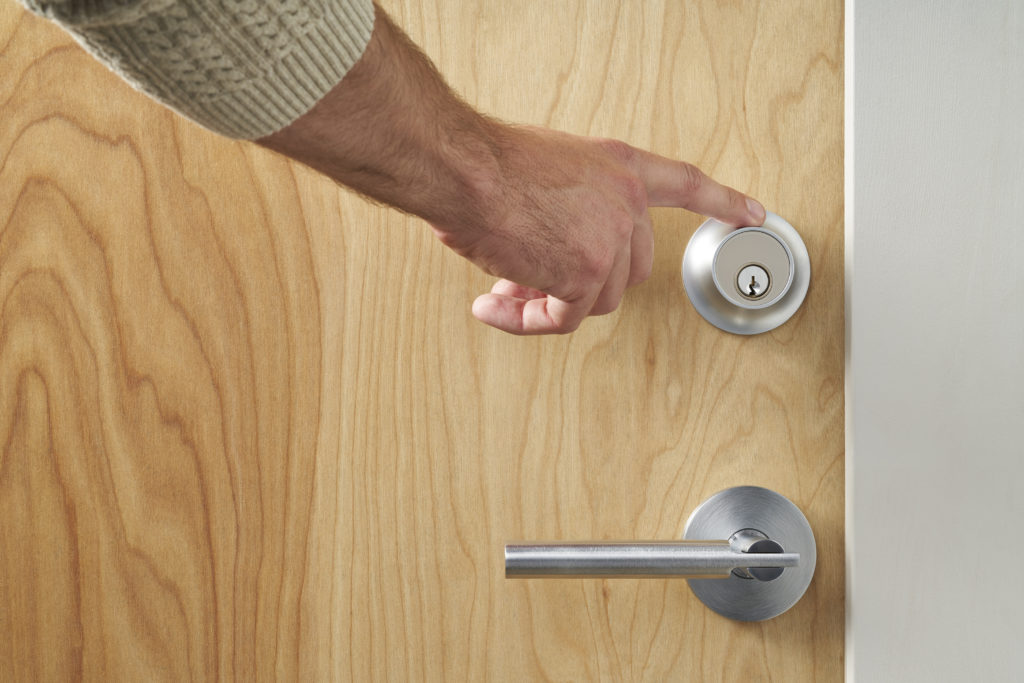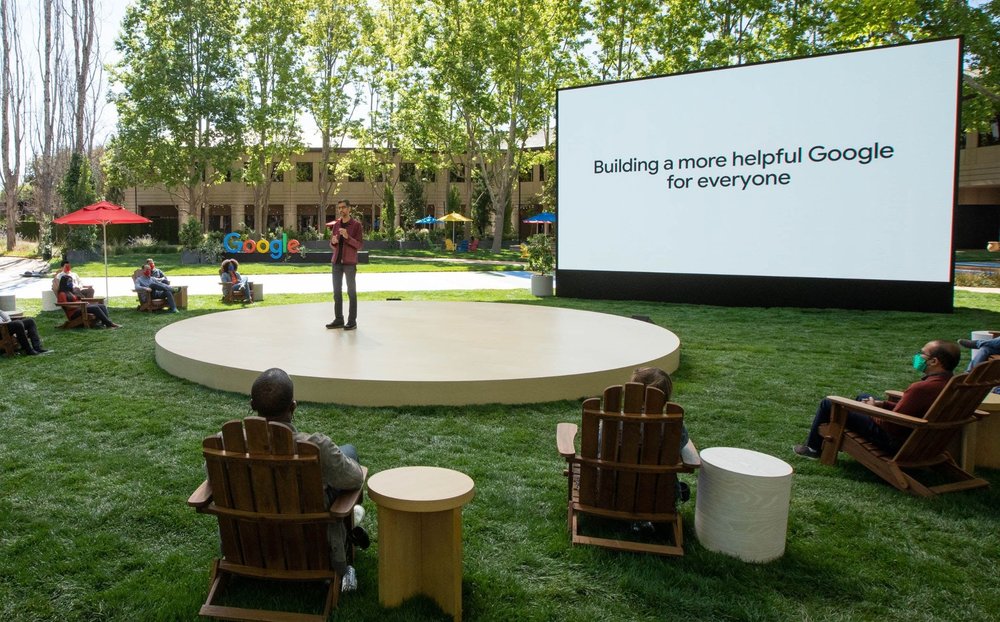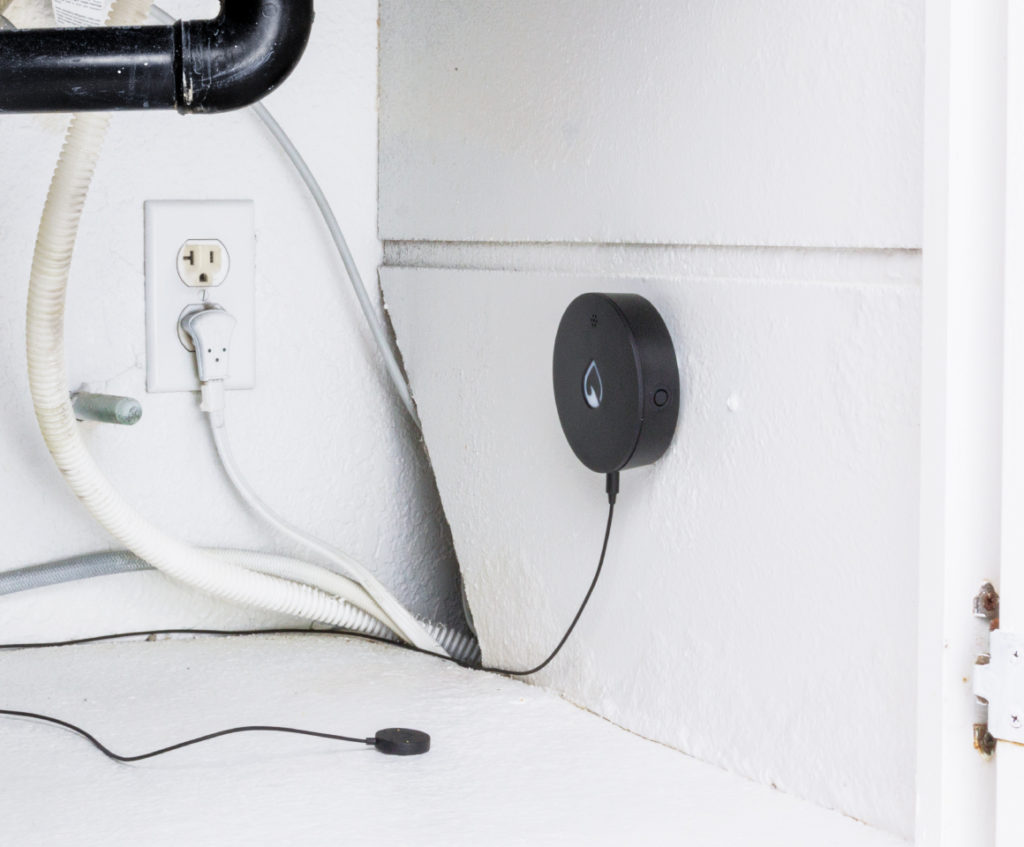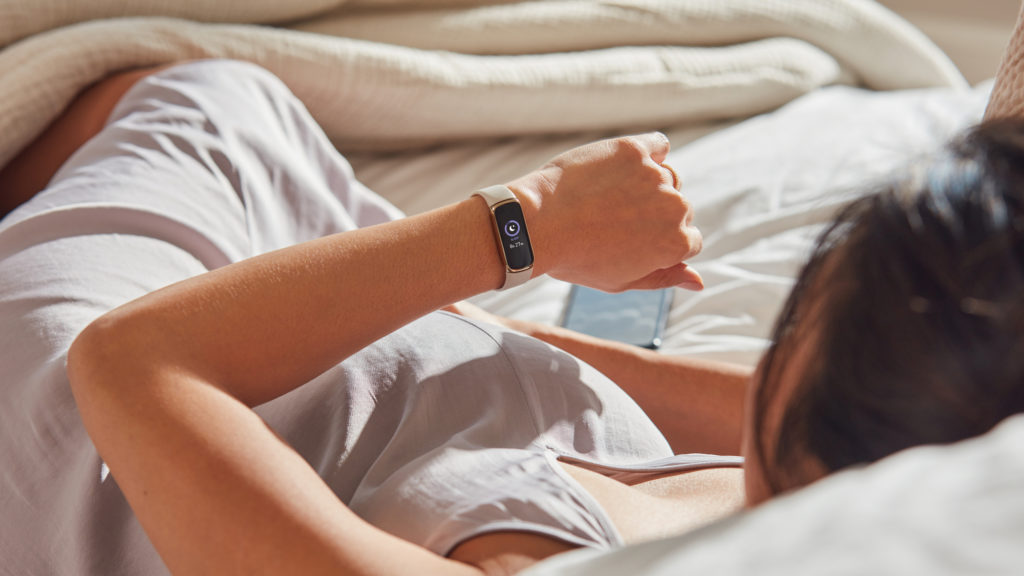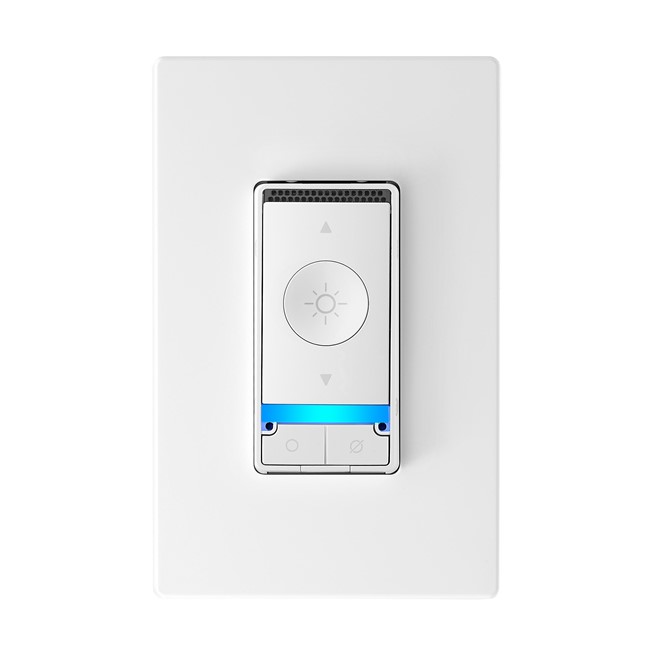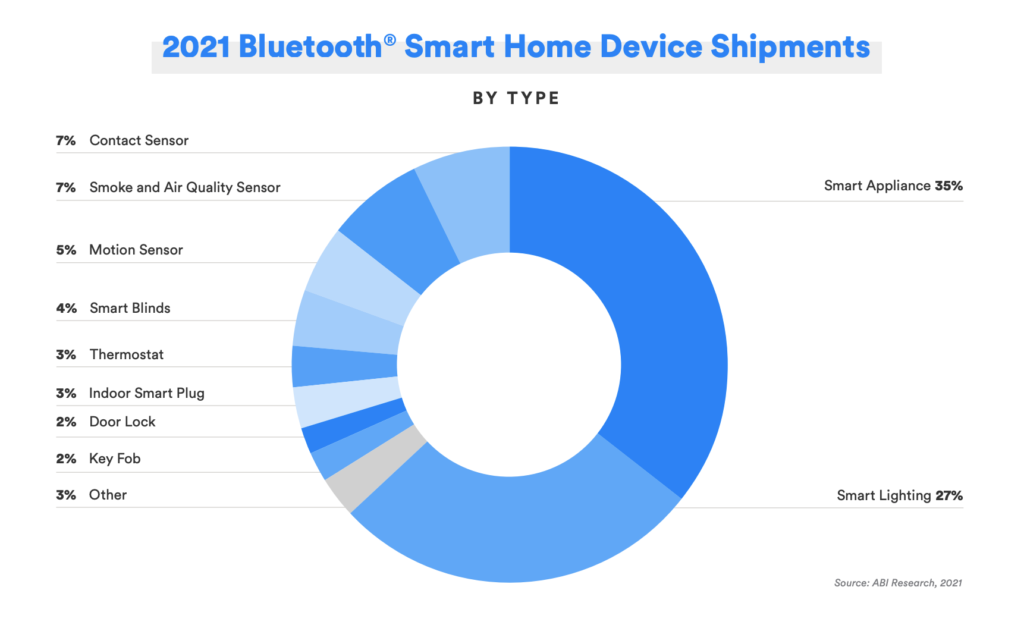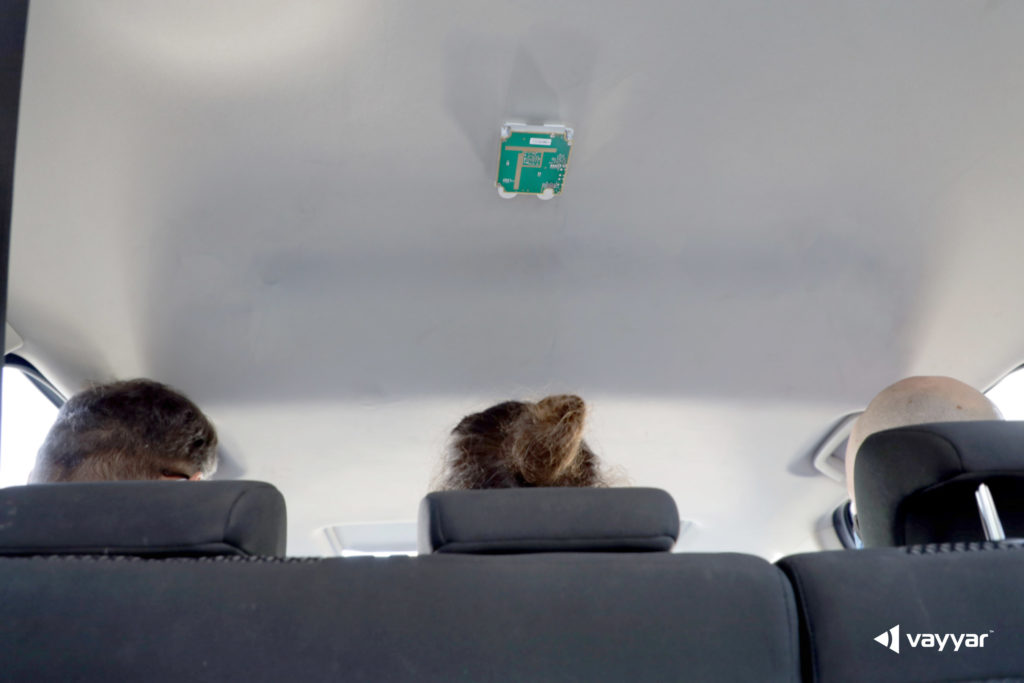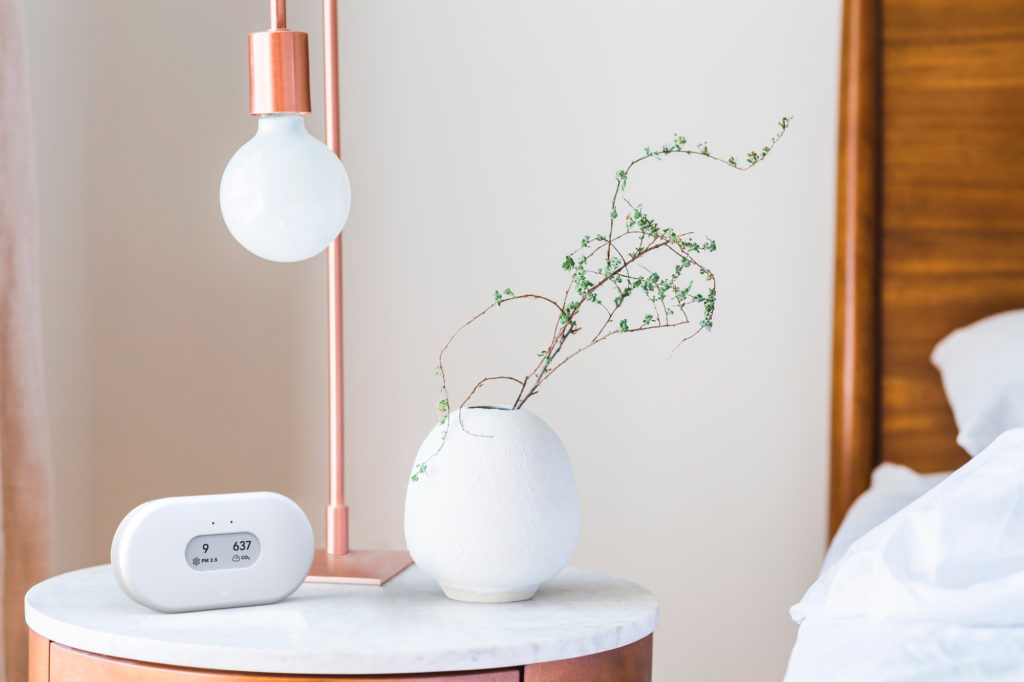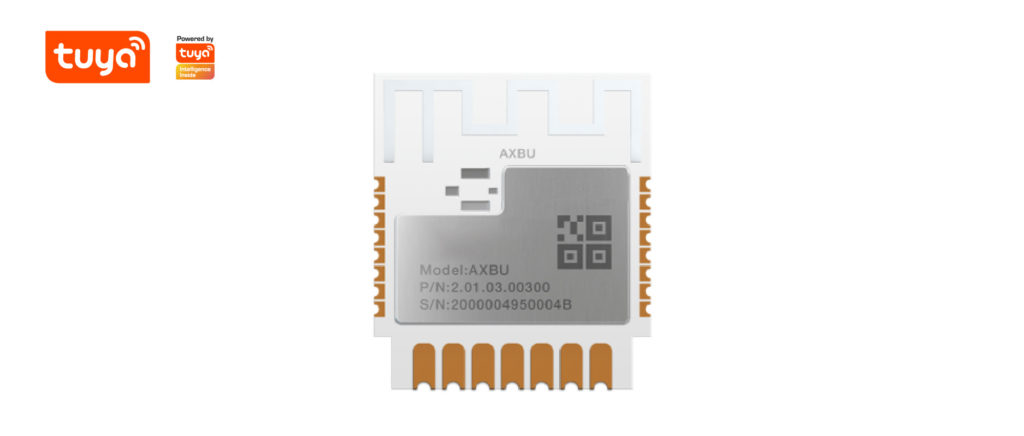We start this week’s show with a quick update on Amazon’s Sidewalk and then focused on the smart home news from Apple’s WWDC event earlier this week. We’re excited about third-party devices getting Siri support. We then cover the EU’s thoughts on anticompetitive behavior by IoT device companies, as well as the launch of a new standard that allows for low-power, highly-dense, mesh networks for 5G and Bluetooth. While on the topic of networking, we explain why Qualcomm’s new cluster of IoT chips is pretty cool. Then we talk about Google backing off AR Measure and Helium getting a new customer. I also review the new Nanoleaf Elements light panels and explain why you might want them, despite their cost. We close by highlighting a caller’s demand for two-factor authentication on smart home devices, specifically the Moen Flo products.

Our guest this week is Paulus Schoutsen, the creator of Home Assistant, a smart home platform for DIYers. He talks about why he built the service as well as plans for new hardware later this year. We also discuss his plans for the Matter protocol and difficulty implementing the available Matter code on Github. Schoutsen also shares his recommendations on what buyers should look for in a connected product, especially one that connects back to the cloud. We end with a bit about Home Assistant’s business model, and with me asking for his help on a common listener question. It’s a fun show.
Hosts: Stacey Higginbotham and Kevin Tofel
Guest: Paulus Schoutsen, the creator of Home Assistant
Sponsors: Bsquare and Edge Impulse
- Apple’s bringing Siri to more devices and opens up on Matter
- The EU isn’t keen on walled gardens in the smart home
- This new low-power, highly-dense wireless network is worth a look
- The folks at Home Assistant are working on new hardware
- Will Home Assistant support Matter? You betcha!
Podcast: Play in new window | Download | Embed
Subscribe: RSS

